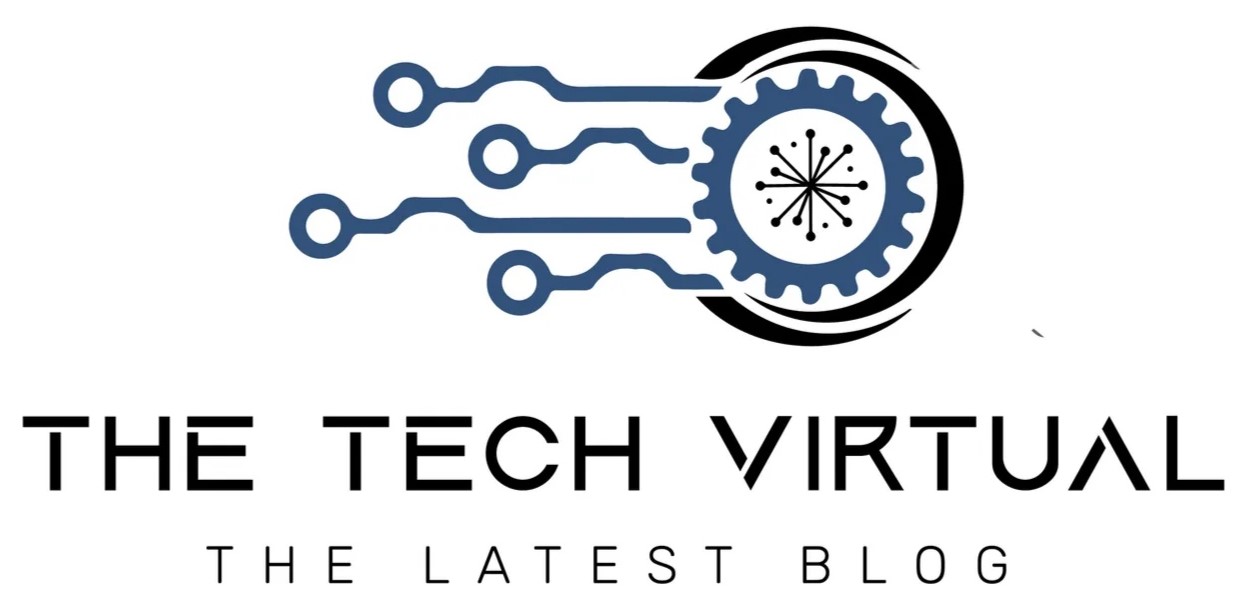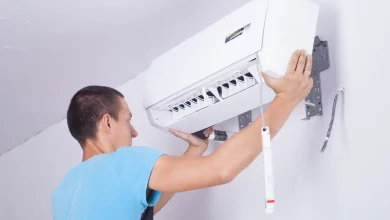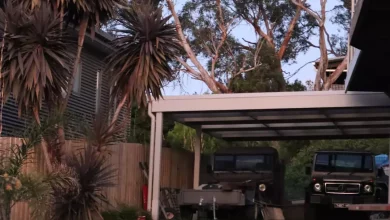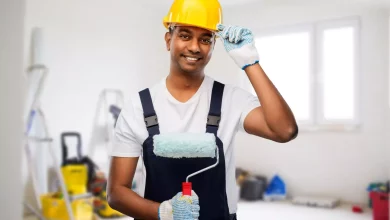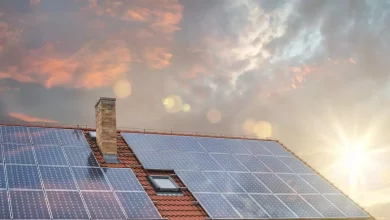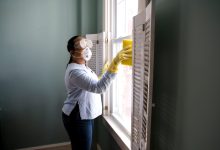What to Include In Your Commercial Roof Maintenance Plan
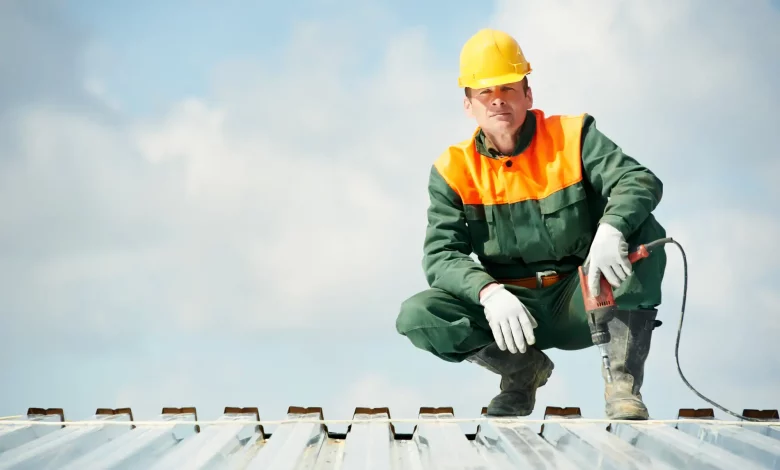
When you’re running a commercial property, you know the importance of maintenance. Every piece of your building requires regular upkeep if you want it to last, much less continue working well.
A crucial type of maintenance is on your roof. If it isn’t regularly serviced and checked, it can suffer extensive and costly damage. You’ll find issues like leaks, water damage, and roof collapses.
Yet roof repairs can be costly, especially if they’re extensive. You need to prevent roof problems rather than repair them. For that reason, you should have a commercial roof maintenance plan in place to help check and maintain your roof.
There are several aspects you need to cover when you create your maintenance plan. This guide will help you determine what.
Regular Inspections
Regular inspections are a cornerstone of a comprehensive commercial roof maintenance plan. This should be conducted by experienced professionals. During these inspections, contractors will typically perform a visual assessment of the roof such as:
- Surface damage
- Standing water
- Signs of wear
- Defects
Contractors can evaluate the effectiveness of existing insulation and drainage systems, examine the security of the roofs flashings and seals, and take steps to ensure that the roof complies with applicable fire and safety codes. Regular inspections are the best way to identify potential problems before they worsen, and they keep businesses ahead of any potential problems that could impact the safety of their employees and customers.
Schedule regular inspections of your commercial roof to identify any signs of damage, wear, or potential issues. Inspections should be conducted at least twice a year, preferably in the spring and fall, and after severe weather events. Look for loose or damaged shingles, cracks, leaks, or areas with excessive wear.
Cleaning and Debris Removal
Cleaning and debris removal are important elements of a commercial roof maintenance plan. Regular maintenance can help with the following:
- Extend roof life
- Reduce potential risks
- Lower energy costs
It is important to sweep away any leaves, branches, and debris that may have been collected on the roof. Check for potential leaks and weather-damaged areas of the roof. Having a professional inspect the roof at least once a year is beneficial to identify potential problems before they become a larger issue.
Roof Repairs
A strong commercial roof maintenance plan should include routine inspections and repairs. Inspections should be done by a professional experienced in roofing systems. This should identify conditions that may lead to roof failure.
Be on the lookout for rust, debris, and other deterioration that may have taken place due to corrosion. After inspection, any necessary roof repairs should be addressed immediately. These could include but are not limited to the following:
- Cleaning gutters
- Clearing drains
- Patching holes
- Removing debris
- Moisture infiltration
Any deficiencies in the roof should be documented. The roof maintenance plan should be updated each year and any necessary improvements can be implemented afterward to ensure the structural integrity of the roof.
Gutters and Drainage
Gutters and drainage should be a vital part of your commercial roof maintenance plan. Gutters should be inspected regularly to ensure they are not clogged with debris. These systems should be inspected to make sure they are free of any buildup of dirt and debris that could clog or slow the drainage of water.
Drainage should also be inspected to ensure it is secure and not obstructed by the following:
- Organic debris
- Debris accumulation
- Soil erosion
- Build up soil
Drainage pipes should also be checked for any tears or cracks that may be allowing water to leak into the building structure. Outdoor lighting systems can also help illuminate drainage areas and can help with the early detection of any upcoming issues. Following a complete inspection, no repairs should be conducted to ensure that gutters and drainage systems are safe and functioning properly.
Maintenance of Roof Flashings
It is important to check the flashings for any breaks, tears, or cracks, as well as any signs of rust or damage from weather or pests. You should check that the flashings are properly sealed to keep water out of the roofing system. Inspect the flashings to ensure that they are properly adjusted and secured to prevent them from becoming loose over time.
When replacing or repairing any flashings on commercial roof types, it is important to use the same type of material to ensure the same performance level as before the repair. With regular maintenance and inspections, flashings can help extend the life of your roof.
HVAC Unit Inspection
Including an HVAC unit inspection in your commercial roof maintenance plan is a must. This is because your HVAC system serves as the primary source of air conditioning for a commercial building. It not only affects the comfort levels of occupants but also their safety and productivity.
Specifically, regular preventative maintenance measures should be taken such as:
- Inspect ductwork
- Identify air leaks
- Check the condensing
- Inspect cooler parts
- Monitor overall performance
Addressing any potential issues before they become a problem can go a long way to keeping your HVAC system in peak condition. Keeping your HVAC system running smoothly is an essential part of any successful and cost-effective commercial roof maintenance plan.
Documentation and Professional Help
Keep a detailed record of all inspections, maintenance tasks, repairs, and service provider contacts. This documentation will help you track the condition of your roof over time and provide a valuable reference for future maintenance needs. Additionally, consider consulting with professional roofing contractors for more complex repairs or assessments to ensure the longevity and safety of your commercial roof.
Here Are the Things to Include in Your Commercial Roof Maintenance Plan
A planned commercial roof maintenance plan is key to long-term roof protection and reduced repair costs. It should include regular inspections, preventative maintenance, professional cleaning, and other methods to ensure that your roof can protect your commercial building. Contact a reliable roofer today to make sure your business is well-protected with a comprehensive roof maintenance plan.
Did you enjoy reading this article? Browse our page for more interesting and helpful topics.
